In the same section
- Home
- Units
- Automatic Mesh Generation & Advanced Methods (GAMMA3)
- Research topics
- Advanced calculation and simulation
Advanced calculation and simulation
All the points considered in this theme are only possible if the more "generic" aspects described above are mastered and, moreover, allow both to validate the choices made and to motivate new approaches. The methods and algorithms involved in the adaptive computation schemes already indicated above are therefore taken up here and extended and generalized to the case of mobile or variable geometries and the case of variable topologies. Such computational schemes lead to the study of:
Some of the problems in the different areas presented can be formulated in terms of a functional to be optimized. In this context, the formulation and resolution via neural networks theoretically allow to obtain a global optimum. In this respect, several recent techniques have been developed. Nevertheless, given the number of neurons and layers involved and for a question of efficiency compared to classical methods, these techniques remain at the moment rather theoretical, in particular for the meshing methodologies. On the other hand, artificial learning methods seem to be competitive, especially for advanced simulations.
-
Interpolation error estimators of any order in stationary or unsteady regime
-
Adapted estimators for fictitious domains (submerged surface)
-
Adaptation to unsteady functionals using the adjoint
-
Mesh adaptation in unsteady via a space-time approach
-
Constrained interpolation of physical fields
-
Adaptive computation methodologies with fixed, moving or variable geometry and fixed or variable topology
-
Shaping processes and behavior of innovative materials in structural mechanics
-
Compressible Navier-Stokes flows with turbulence, boundary layers, shape optimization and fluid-structure coupling, in fluid mechanics
-
Light-matter interactions in structured or granular materials and electromagnetism
-
Combustion processes and metrology, in energetics
-
Radioactivity propagation and identification processes, safety and risk control
Some of the problems in the different areas presented can be formulated in terms of a functional to be optimized. In this context, the formulation and resolution via neural networks theoretically allow to obtain a global optimum. In this respect, several recent techniques have been developed. Nevertheless, given the number of neurons and layers involved and for a question of efficiency compared to classical methods, these techniques remain at the moment rather theoretical, in particular for the meshing methodologies. On the other hand, artificial learning methods seem to be competitive, especially for advanced simulations.
Date of update 12 July 2021


